Want to live in a 3D world without passwords? You might not have to wait long
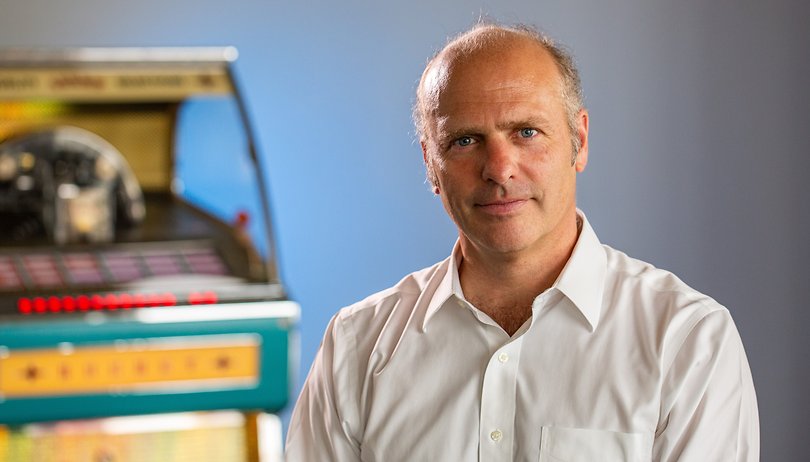
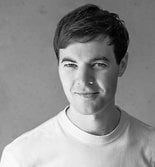
Over the past couple of years, we’ve seen the number of cameras on our smartphones continue to rise. Now, an innovative new technology called Time of Flight is not only making an impact on phones but our entire digital world. We spoke to Philipp von Schierstädt at Infineon to find out where we are heading.
Anyone who takes even a passing interest in smartphone photography and camera quirks will be aware of how multiple lenses can be used to create bokeh shots, super-wide panoramas and telephoto zooming, but we’re now starting to see another sensor technology entering the market: Time of Flight, or ToF to those in the business.
ToF sensors can measure depth and are used to capture 3D images of the world around us. These tiny sensors can capture AND understand the 3D image, allowing for many more use cases than the 2D depth sensors they should eventually replace. ToF also provides secure authentication, which opens the door for payment authorization and advanced unlocking methods. Infineon is developing this technology in partnership with PMD Technologies, a development company for 3D ToF components.
One of the market leaders in ToF is Infineon Technologies AG. The German manufacturer was founded in 1999 when the semiconductor operations at Siemens were spun off. Philipp von Schierstädt, Vice President & General Manager Radio Frequency and Sensors, and his team work at the Infineon campus in Munich at the foot of the Bavarian Alps. We traveled down to find out a little more about what kind of doors ToF is going to open in the future.
“We live in a world which offers new opportunities through the intuitive interaction with your mobile phone and other appliances,” says Philipp von Schierstädt. “The seamless human-to-machine interface is the next step of this journey. And furthermore, at the end of the day, it’s all about augmented reality.”
AR is already everywhere from Google Maps to shopping apps, but it is about to go to the next visual level. Specific entrepreneurial applications are popular, but the Infineon VP thinks it will hit the ground now for consumers as well. He believes you will see 3D enabling this augmented reality world we keep hearing about. It’s a strong call, but one that is echo’d by Tim Cook. The Apple CEO has talked about how augmented reality is going to change the way we use technology forever, even going as far as to say that AR has the potential to “amplify human performance”. If this vision is to be realized, it’s extremely likely that ToF will play a key role.

You might be asking yourself, weren’t we already doing this with conventional depth sensors? My smartphone already measures depth when I shoot photos, so what exactly does ToF do that was not possible before?
One aspect is that “the conventional depth sensor has its limitations when it comes to darkness and bright sunlight,” explains Philipp von Schierstädt. “So if you imagine yourself being in a bar and you want to unlock your phone, for example, it just doesn't work.” Time of Flight means you can unlock your smartphone in a nightclub as well as in bright sunlight outside in the middle of a summer’s day.
Because of the level of detail ToF is able to identify, smartphones that feature this sensor technology, such as the LG G8 ThinQ, are able to read not only a user’s face but also the unique vein pattern in their hand. This is where that improved security comes into play, and ToF is going to play a role in payment authorization as well as new unlocking methods in the near future.
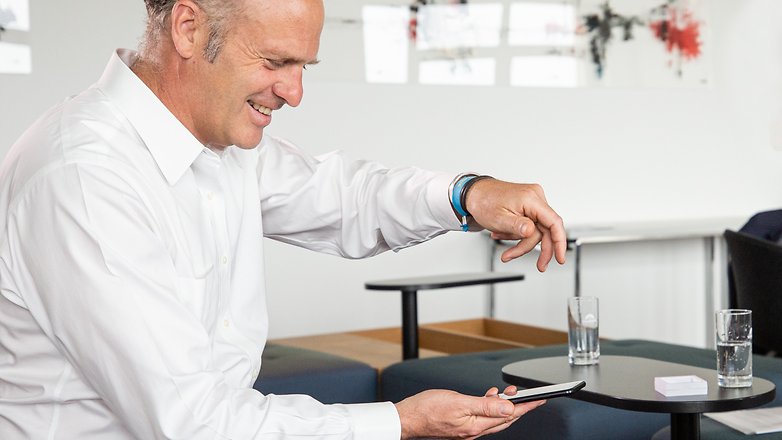
As Philipp von Schierstädt puts it, we’re going to “live in a world without passwords” where time of flight is authenticating you one-hundred percent.
The applications for ToF don’t start and stop with our smartphones though. This technology is already making its way into virtual reality, smart home devices, gaming, robotics and the automotive world with the development of smarter cars. Then there are uses beyond physical products, such as AR services in the fashion industry that allow you to try on clothes without being at a store, or collaborative systems that use ToF to allow people to work together on opposite sides of the Atlantic, for example, in a virtual space. It sounds like the stuff of sci-fi movies, but this is happening today.
Infineon certainly wants the world to be 3D, and after spending a day with the team in Munich, I’m excited about what the future holds for this sensor technology. The list of potential applications for ToF is endless, and who knows where future generations will take it. One thing is for sure, it’s going to be interesting to see what happens.
We have a cooperation with the company discussed. This article was created without any influence and represents the opinion of the editor.









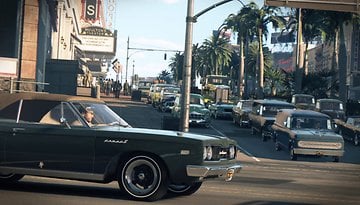


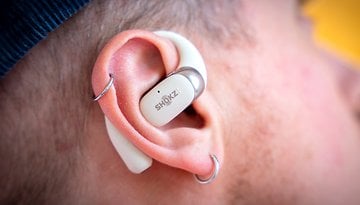
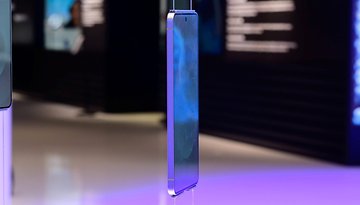
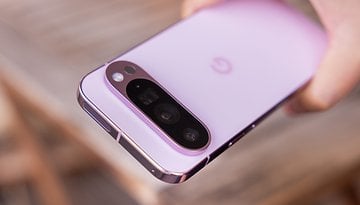

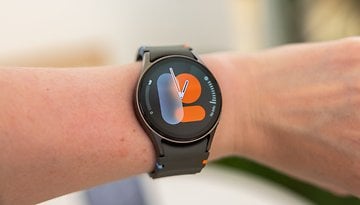



I am very glad to read these articles, Thank you for sharing to valuable knowledge... visit:-
Ok
This reads more like a sales pitch than a prediction
-
Admin
Sep 4, 2019 Link to commentNot only a sales pitch but a confusing one too
The article is the result of an interview. Naturally the boss is going to promote his company in his answers.
Personally, I think ToF has potential for some really cool future applications.